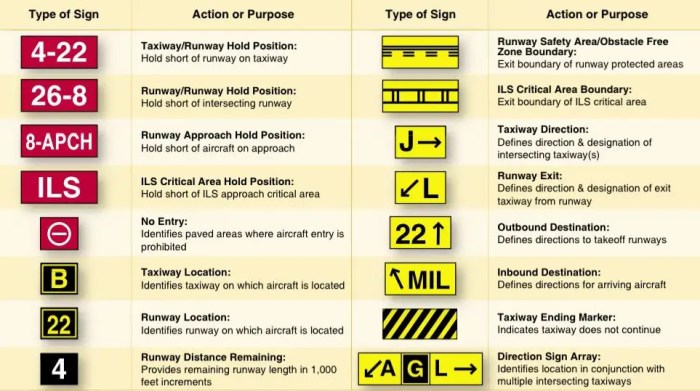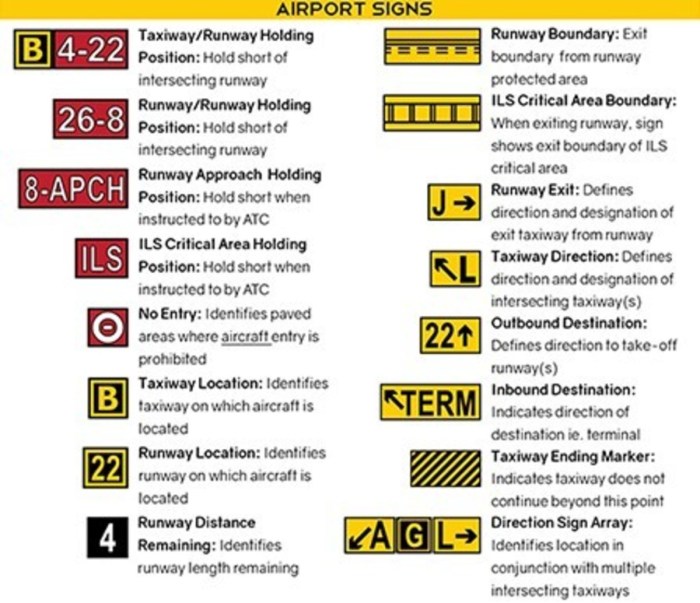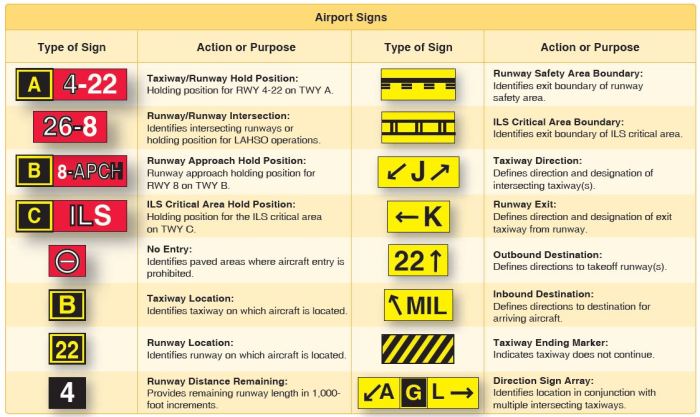Prior to driving on the airfield all drivers must – Prior to driving on the airfield, all drivers must adhere to a comprehensive set of safety procedures to ensure the safety and efficiency of airfield operations. These procedures cover a wide range of aspects, from vehicle requirements and driver qualifications to communication protocols and emergency procedures.
By understanding and following these procedures, drivers can contribute to maintaining a safe and secure airfield environment, minimizing the risk of accidents and ensuring the smooth flow of air traffic.
Safety Procedures Prior to Driving on Airfield: Prior To Driving On The Airfield All Drivers Must
Following safety procedures before driving on an airfield is crucial to prevent accidents and ensure the safety of all personnel and equipment. Failure to adhere to these procedures can have severe consequences, including injuries, damage to property, and disruption of airfield operations.
Common safety hazards on airfields include:
- Aircraft and other vehicles operating in close proximity
- Obstructions such as buildings, fences, and equipment
- Slippery surfaces, especially during inclement weather
- Poor visibility due to fog, smoke, or darkness
To avoid these hazards, drivers must:
- Be familiar with the airfield layout and traffic patterns
- Obey all speed limits and traffic signs
- Be aware of their surroundings and anticipate potential hazards
- Use headlights and taillights when visibility is poor
- Maintain a safe following distance from other vehicles
- Avoid distractions such as cell phones and radios
Vehicle Requirements

Vehicles operating on an airfield must meet specific requirements to ensure safety and efficiency.
- Properly registered and insured:Vehicles must be registered with the appropriate authorities and have valid insurance.
- Adequate visibility:Vehicles must have clear windows and mirrors to provide drivers with a good field of view.
- Functional brakes and steering:Brakes and steering systems must be in good working order to ensure the vehicle can be controlled safely.
- Appropriate tires:Tires must be inflated to the correct pressure and have sufficient tread to provide traction on the airfield surface.
- Emergency equipment:Vehicles must be equipped with a fire extinguisher, first-aid kit, and reflective triangles.
Drivers should conduct a pre-operation inspection of their vehicle before driving on the airfield to ensure it meets all requirements.
Driver Qualifications

Drivers operating vehicles on an airfield must possess specific qualifications to ensure they are competent and safe.
- Valid driver’s license:Drivers must hold a valid driver’s license from the appropriate jurisdiction.
- Airfield driving certification:Drivers must complete an airfield driving certification program and pass a written and practical test.
- Experience:Drivers should have experience driving on airfields or similar environments.
- Knowledge of airfield regulations:Drivers must be familiar with all airfield regulations and procedures.
- Good safety record:Drivers should have a clean driving record free of major violations.
Drivers should maintain their qualifications by attending refresher training and staying up-to-date on airfield regulations.
Communication and Coordination

Effective communication and coordination are essential for safe and efficient airfield operations.
Drivers must follow the communication protocols established by air traffic control (ATC).
- Use proper radio etiquette:Drivers must use clear and concise language when communicating with ATC.
- Monitor ATC instructions:Drivers must pay attention to and follow all instructions from ATC.
- Report any incidents or hazards:Drivers must immediately report any incidents or hazards to ATC.
Drivers should also communicate with other vehicles operating on the airfield to avoid conflicts and ensure smooth traffic flow.
Emergency Procedures
Drivers must be familiar with the emergency procedures for operating vehicles on an airfield.
- Accident:In the event of an accident, drivers should remain calm and follow the instructions of ATC. They should also secure the vehicle, turn off the engine, and evacuate all passengers.
- Fire:If a vehicle catches fire, drivers should evacuate immediately and use the fire extinguisher to suppress the flames.
- Medical emergency:If a driver or passenger experiences a medical emergency, they should contact ATC and request assistance.
- Evacuation:In the event of an airfield evacuation, drivers should follow the instructions of ATC and evacuate the airfield in an orderly manner.
Drivers should participate in regular emergency training to ensure they are prepared to respond to any situation.
Enforcement and Consequences

Violating safety procedures while driving on an airfield can have serious consequences.
Law enforcement and airport authorities are responsible for enforcing airfield regulations.
- Fines:Drivers who violate safety procedures may be fined.
- Suspension or revocation of driving privileges:Repeat offenders or drivers who commit serious violations may have their driving privileges suspended or revoked.
- Criminal charges:In some cases, violating airfield safety procedures may result in criminal charges.
Drivers should be aware of the consequences of violating safety procedures and take all necessary steps to ensure they comply with all regulations.
Questions Often Asked
What are the most common safety hazards drivers should be aware of on an airfield?
Common safety hazards on an airfield include moving aircraft, ground vehicles, uneven surfaces, slippery conditions, and potential wildlife encounters.
What are the minimum vehicle requirements for driving on an airfield?
Vehicle requirements typically include having a valid registration and insurance, meeting specific safety standards, and being equipped with appropriate safety features such as seat belts and warning lights.
What are the qualifications required for drivers to operate vehicles on an airfield?
Qualifications may include holding a valid driver’s license, undergoing specialized training, and passing background checks to ensure they meet the necessary safety and security standards.